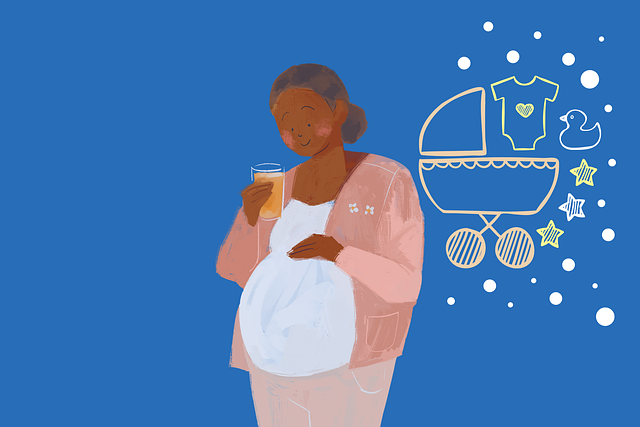When my son first entered kindergarten with an aide, I often heard comments like, “He seems so typical.” While he does exhibit typical development in many aspects, I understood the underlying message: his challenges are not outwardly visible. He carries invisible diagnoses—autism, sensory processing disorder, and anxiety. These conditions are not apparent to the untrained eye, which is likely what people mean by “he looks so normal.” This phrase, along with others, is often viewed negatively within the autism community.
One mother asked me, “Why does he need an aide?” I replied, “Because he’s a flight risk; he could escape from anywhere.” I felt a mix of pride and concern for my child’s adventurous spirit, knowing he indeed requires substantial support, despite appearing to manage independently at times.
Conversations about my son’s autism were often awkward, and I sometimes struggled with what to say or how to respond to others. When someone remarked, “He talks a lot and repeats movie lines!” I would explain echolalia, a common characteristic of autism. “Are you sure he has autism?” they would ask, to which I would affirm, “Yes, he has an autism diagnosis.” I am a mother of a boy on the autism spectrum.
I didn’t have a script for these interactions; I simply shared my experiences and feelings. I formed connections with other mothers, united by the shared experience of our children attending the same school. To me, autism is not a label but an integral part of my son’s identity, and I felt compelled to discuss it openly.
Those early years were filled with challenges and victories. When my son experienced a meltdown over not wanting to wear matching shirts on a field trip, the other mothers offered understanding rather than judgment. One mom confided that she also battled anxiety when my son had a panic attack before a school event. We celebrated milestones together, like when he participated in a jog-a-thon without assistance for the first time in fourth grade.
While I couldn’t always be present at school, I received regular updates from these supportive mothers. They sent photos and messages about my son’s progress, ensuring he felt included even when he was overwhelmed or needed extra support. One of them warned me when he was spending time with a bully, while another excitedly shared that he was playing with classmates at lunchtime.
It saddened me to encounter other parents who didn’t engage or ask questions, opting instead to whisper or avoid eye contact. I often initiated conversations about autism. Most were receptive, as many people genuinely want to understand and help, even if they’re unsure how to approach the topic.
Recently, I received a text from a former school parent with a photo of my son out and about, having taken the local shuttle to a grocery store after school. This mother, despite our children no longer being in the same school, continued to look out for him, and I am truly grateful for that vigilance.
Reflecting on our journey, I realize that open communication has been crucial. When my son initially refused to use the boys’ bathroom until they painted fish on the walls, discussions arose about his behaviors. “Why is he rocking? Is he okay?” they would ask. I reassured them, explaining that he was stimming, a self-soothing behavior common in many individuals on the spectrum.
I always felt fortunate that in our community, where autism was openly discussed, my son was supported and accepted. Most children were educated about autism, and they included him without hesitation. Now that he is in junior high, I miss the protective environment we once had. The emergence of bullies and hurtful jokes has been a harsh reality.
Conversations about diets, such as gluten-free and casein-free, often arise. “Have you tried that diet?” people ask. Yes, we attempt to adhere to it, but it can be challenging and costly. While it has alleviated some of his discomfort, it hasn’t changed his autism.
While I appreciate the growing awareness of what to say and what not to say, I am grateful that I didn’t let anger or defensiveness overshadow my communication. By being open and engaging, I’ve helped create a more inclusive environment for my son, allowing him to thrive. He requires assistance, especially during transitions and sensory overloads, but I will always advocate for him.
Our journey has been anything but straightforward, yet the understanding of those who may not have all the jargon has smoothed our path. Instead of offering a list of acceptable phrases, I believe in the importance of genuine human connection. It’s vital to share, educate, and embrace one another.
Let’s continue to foster understanding and acceptance within our communities.
For further insights, check out our post on the at-home insemination kit or explore boosting fertility supplements to enhance your journey. Additionally, for a deeper understanding of the IVF process, visit this excellent resource on what the IVF process is really like.
Summary:
This article explores the experiences of a mother raising a son with autism, emphasizing the importance of open communication and community support. It highlights the challenges and triumphs faced in navigating interactions with other parents, the significance of educating those around us, and the need for acceptance and understanding. The mother reflects on her journey, underscoring the value of human connection in fostering an inclusive environment for her child.
Keyphrase: autism support and understanding
Tags: [“home insemination kit” “home insemination syringe” “self insemination”]
